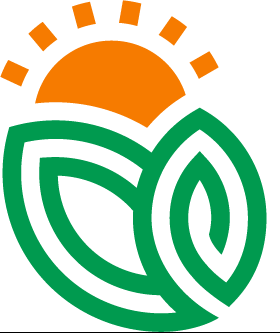In today’s fast-paced world of digital technology, distractions lurk all around and make it difficult to focus. Being able to control time isn’t just a skill, it’s also a superpower. The best timer can be your weapon of choice, whether you are at the center of an academic session, working remotely or on a personal project. Enter the Pomodoro. This is more than just a timer. It can help you accomplish more tasks with less stress.
The Power of the Pomodoro Technique
The Pomodoro timer is more than just a ticking clock; it’s a psychological tool that’s grounded in the field of science. It was devised by Francesco Cirillo in the late 80s. It breaks work up into short periods of time that typically last for 25 minutes called “Pomodoros,” and then take short breaks. This technique mimics the brain’s rhythm and helps keep you focused and prevent mental fatigue.
Every day is a race of concentration. If you know that a break is just a few minutes away, the mind becomes easier to avoid distractions like social media or the endless scrolling. If the timer sounds it’s not to just pause but to acknowledge the progress.
Countdown Timers: Staying grounded in the Present
A countdown timer may add some urgency to the Pomodoro timer. The psychological effect is called “temporal shortfall” when a clock ticking is seen. It becomes more valuable. You’ll be more conscious of the time you’ve spent doing something whether you’re preparing for your presentation, getting ready for a test or cleaning your house.
Online timers are often equipped with this option that allows you to choose the duration you need. As opposed to traditional timers for kitchens, these digital tools store preferences cycle lengths, cycles, and even break lengths, making them more individual and adaptive.
Stopwatch Timers: Measure Efficiency and Not Just Time
On the other side of time management is the stopwatch timer. The timer is able to count up rather than down to record how long it takes a specific task. Anyone who wants to improve their estimates of time, keep track of time-based billable hours, or comprehend tasks’ patterns will benefit from this software.
For developers, creative professionals, or entrepreneurs using a stopwatch to keep track of the time the process takes to compose an article, edit a video, or complete a design project provides insight into your work habits. With practice, you will be able to plan your days with more accuracy and intention.
Smart Online Timers: A New Trend
The timers on the internet of today aren’t just clocks. Browser-based smart systems remember your settings when you close the tab. They provide seamless user experiences that include features like auto-advancement between work and breaks as well as a custom cycle count sound notifications, and even visual progress rings.
You can even turn on an “Keep Screen On” mode to make sure your device isn’t asleep during the course of your session. Incorporate keyboard shortcuts, such as Space to pause/play, R to reset, and S to skip a phase, and you’ve got an effortless workflow, without touching your mouse.
Thinking, reflecting and adjusting Touch: The Human Touch
Timers are only so effective. It’s when we design our tasks around them that the real transformation occurs. To get the most out of each day’s Pomodoro, it’s beneficial to break down large objectives into smaller and more achievable goals. After a few cycles, a more prolonged break allows the mind space to recharge, whether that is walking, contemplating, or just enjoying a bite.
The process of evaluating the sessions that you’ve participated in and identifying the areas what distractions you experienced, as well as how you can improve, turns a simple tool, into a plan for growth.
Conclusion
The Pomodoro timer is much more than just a simple productivity tool it’s a mindset shift. It encourages working mindfully, taking breaks, and developing a better relationship to time. The ability to break tasks into shorter, more focused times helps turn overwhelming to-do list into smaller pieces that can be managed. Finding rhythm, being present and ending the day with a sense of progress is more important than just crossing off tasks.
